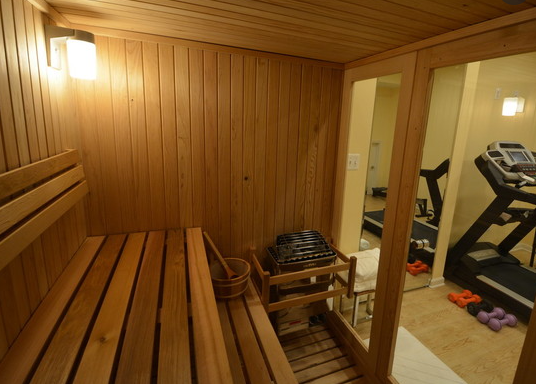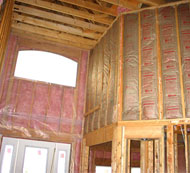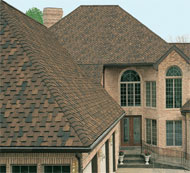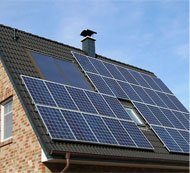 best alternative for those who do not have a lot of carpentry knowledge. Most of the materials will be pre-cut and ready to assemble in such kits, which will include step-by-step instructions for erecting the basement sauna. Before ordering a sauna kit, determine the size of basement sauna wanted, as well as the size that is feasible in terms of money and basement space.
best alternative for those who do not have a lot of carpentry knowledge. Most of the materials will be pre-cut and ready to assemble in such kits, which will include step-by-step instructions for erecting the basement sauna. Before ordering a sauna kit, determine the size of basement sauna wanted, as well as the size that is feasible in terms of money and basement space.Because two structural walls are already in place, installing a basement sauna in the corner of the basement will be easier. If the sauna is placed in a corner, framing on two of the four basement sauna walls can be completed more quickly, and bringing electricity to the sauna heater will be considerably faster if existing wiring is already in place. Before starting the basement sauna installation, make sure you know which heater you want to use, as additional wiring may need to be run to power the heater. A 240-volt heater is required for larger saunas, whereas a lesser heater may be required for smaller saunas.
Ascertain that the sauna is located in a safe region in the basement, away from any potentially dangerous devices such as heaters or furnaces. The sauna should be easily accessible from the upper levels of the house, and the path to and from the sauna should be well-lit to avoid accidents. The sauna's ceiling and floor will also need to be framed, which will help keep the heat within and prevent moisture from reaching the support beams above or the concrete below.
To be worthwhile, a subterranean sauna must be able to hold heat effectively. Because basements are frequently cool, heat retention is extremely crucial for the sauna's operation as well as for energy savings. Check that the pre-cut cedar planks that line the inside of the sauna fit together snugly, or that the cuts are correct and snug enough to minimize heat loss if the installer is cutting the pieces himself. This is especially critical for the panels on the floor and ceiling. To improve the appearance of the sauna, drywall can be hung on the outside.








